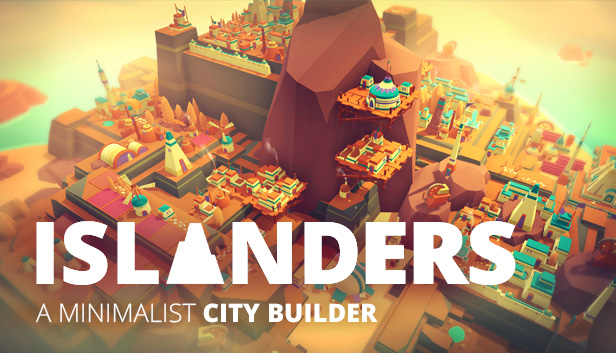The following are just some simple tips for playing the game through.
1) It should be noted that once you score for a resource, that’s it FOR that resource. If lumberjacks are placed near trees, only in that instance do those trees count. If there is one clump of trees and you managed to equalspace lumberjacks around it, the sawmill can be planted right on that clump with no loss of revenue. Not, of course, that you can’t still score for those trees at some later time, but for this discussion, the moment the lumberjacks picked up those points, they were all done with the trees.
2) Hops grow in sand. Who knew? Sea grapes?
3) When placing seaweed farms, try to find a bay or offshore island. Place the seaweed farm in such a way that when you rotate the crane, you are covering water and not the opposing shoreline. This way, if placed correctly, you can put in a second farm that covers the same beds but doesn’t touch its opposing farm. (The same is true of fisherman – slide them in so they can score for the beds and not touch the farms).
4) You do NOT have to place a tile immediately upon getting it. If you get the temple (which costs a mint to install and needs a lot of population to support), unless you need to score NOW, just hold onto it. Build more houses and mansions out so when you do have to place it, you’ve got a much better coverage. This is true of anything – just because you don’t have something now doesn’t mean you won’t get it later.
5) It takes a while for concrete to set. That “back spin” arrow is a powerful tool. You can use it to instantly take back your last placement. So if you have a platform and a temple and you want to see how it will work, place the platform and them hover the temple and see if the score is satisfactory. If so, fine, place the temple. If not, right click to remove the temple consideration and back-spin click to remove the platform. Save it for later. Put it elsewhere.
6) I’m thinking (without any number crunching) that delaying the City Pack until you absolutely have to is a good idea. This gives you a lot of points and lets you get a good head of steam to establishing your colony. Also, since you can save other things, you might have more options that an immediate placement would have gotten you.
7) It appears that your city is pretty much an example of haves and have-nots. I tend to put all the mansions on one side of the city center and all the houses on the other. It might be elitist but it also means that Circuses and Jewelers don’t have “the wrong sorts” in their coverage. If you are lucky enough to get multiple city centers, then maybe “a tale of two cities” would be best for you.
8) Scan your placements carefully. You can sweep a Shaman’s hut and a balloon around and carefully watch the point totals. Even if you’ve picked the right spot, ease your mouse about to see if you can pick up a point or two.
9) There is always wiggle room. If something won’t fit, you can literally place it close and sometimes wiggle your mouse gently back and forth to get it to slide home. WD40 would really help here.
10) Sometimes you need to take a loss on points for a bigger score – a good example of this are sandpits and brick yards. I tend to clump sandpits together (even through I’m losing points when doing this). That way, the brick yards score for the group of pits. Then the masons can be placed like vultures around the brickyards on various cliffs to not lose points against each other.
11) Try to place fishermen around your city centers, even if you lose points. If you lose some points for a fisherman but then gain 20-30 per hut (and I’ve had a lot of huts go into some games) you should consider it. Also, note that huts are great for later-game placement – you can stick them on ledges that can’t be used by anything else.
12) Too many parks? Consider placing them around fields and resort oases. If you are stacking houses for a coming temple, maybe you can make a park’s placement points (and more) by looking (literally) further afield.
13) The immediate goal is to keep the game running. Make sure that you can always make the next tray. Remember that take-back button above – you can try two-tile placements as much as you want and not get penalized.
14) Walls are a great way to make points along an urban setting but make sure you are really done expanding that way. Unless you have to place a wall to get a final tray, try to keep an expansion corridor open. Walls give a negative score against latecomer dwellings.
15) Learn from your mistakes. If you are placing things and only getting points for their placements, maybe you need to reconsider how you are doing things.
16) Another guide clued me in on this – if possible, brick-pattern your fields. Depending how you add them, you can pick up two extra points for each tile.
That’s all we are sharing today in ISLANDERS A Quick Guide For Beginner (Tips And Hints), if there are anything you want to add please feel free to leave a comment below and we’ll see you soon.
Credit to Bluevoss
